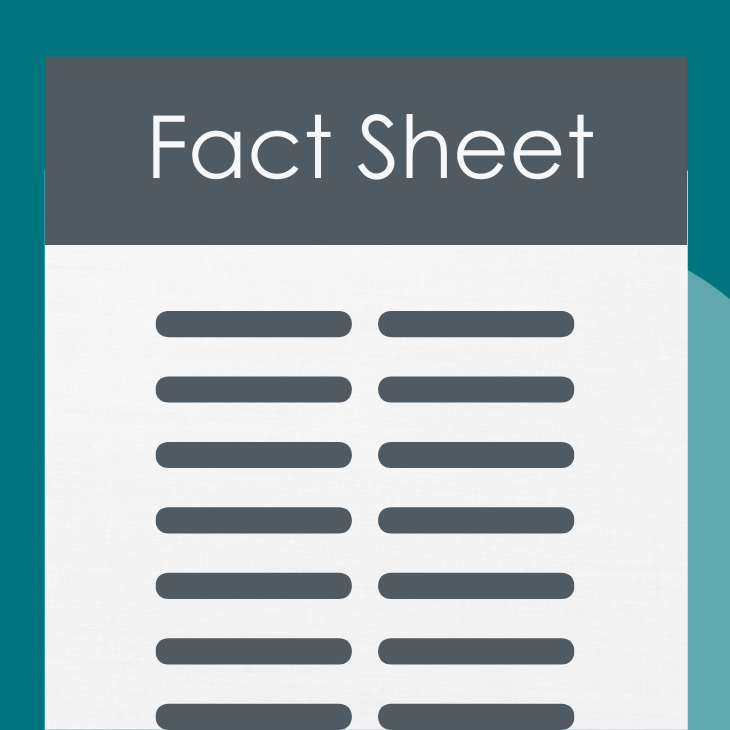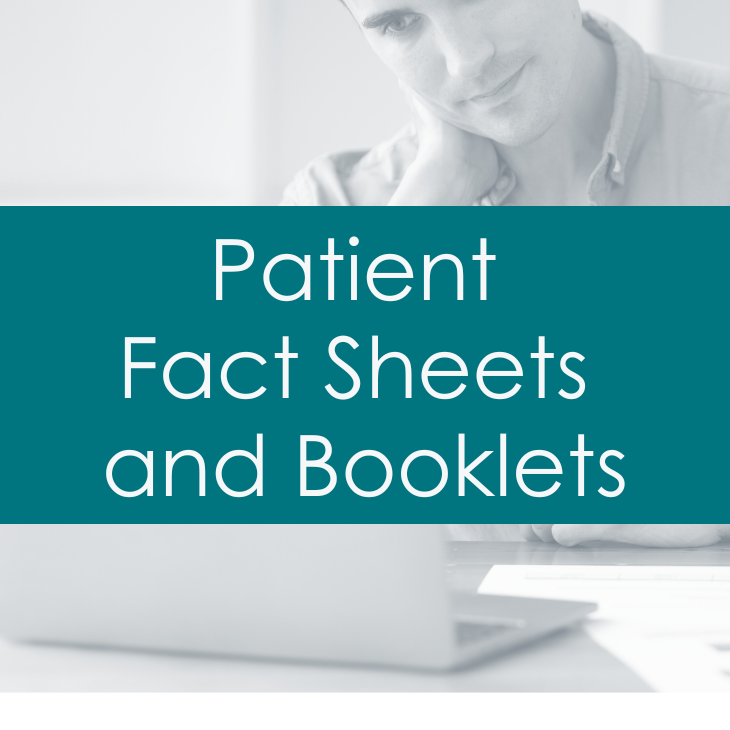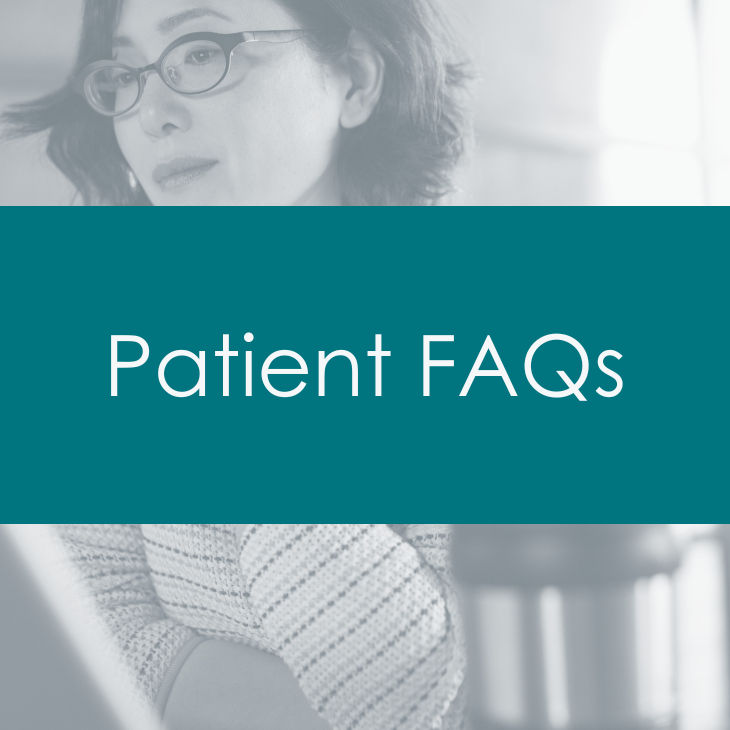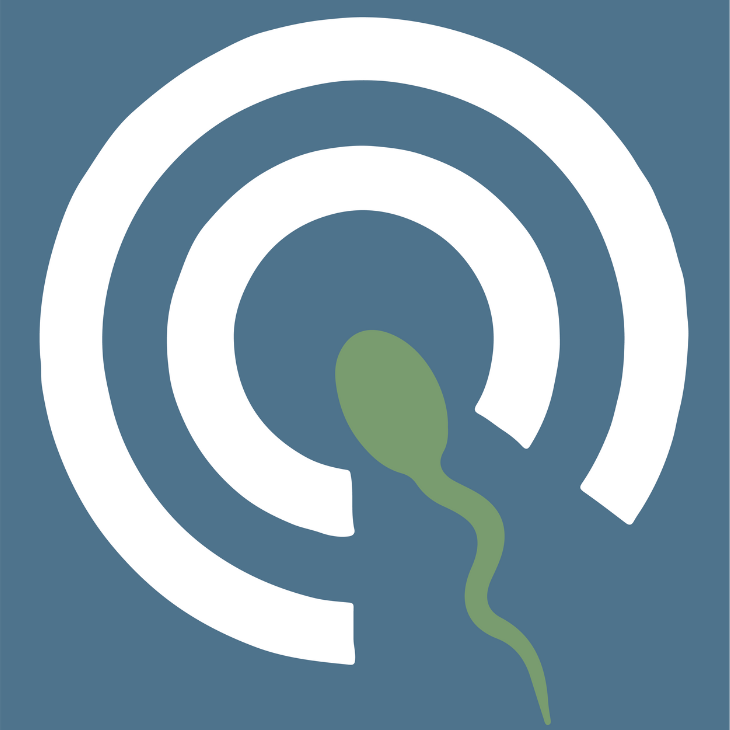
Revised 2023
Many people will use birth control pills at some time in their lives. In addition to preventing pregnancy, there are many other benefits and medical uses for birth control pills. Birth control pills are made of synthetic (laboratorymade) versions of two hormones produced by the ovary: progesterone and estradiol. Some pills contain both of these hormones (combined oral contraceptives) whereas others contain only a synthetic version of progesterone, called a progestin (progestin-only pills). There are a variety of reasons why a provider may choose one type of birth control pill over another. In general, progestin-only pills are great for people who do not want to, or cannot, take estrogen; however, they may cause unpredictable vaginal bleeding rather than a predictable monthly period.
To understand how birth control pills affect periods, it is helpful to understand how the normal menstrual cycle works. A menstrual period takes place when the uterus (womb) sheds its lining; this process is controlled by the hormones made by the ovary (estrogen and progesterone). A menstrual cycle begins with the first day of full-flow period, and is made up of two phases, divided nearly in half by ovulation (the release of an egg from the ovary). During the first half of the cycle, called the follicular phase, a follicle (fluid-filled sac that contains an egg) grows and develops, eventually becoming the dominant egg that will ovulate. As this follicle develops, it releases more and more estrogen, causing the lining of the uterus (endometrium) to get thick and prepare for a potential pregnancy. During the second half of the cycle after ovulation, called the luteal phase, progesterone is made by the resulting empty follicle (corpus luteum).
 Regulation of menstrual periods
Regulation of menstrual periods
Most combination birth control pills contain three weeks of active pills (those that contain hormones) and one week of inactive placebo pills (those that do not contain hormones). The period bleeding comes as a result of the uterine lining being shed when the hormone levels drop on your placebo week. An individual can increase the length of time between periods by taking active pills straight through Ii.e. skipping the placebo pills) for more weeks in a row. Some drug companies make pill packs that contain up to 3 months of continuous, active pills. People on these pills only have four periods a year, which may be preferred to reduce symptoms associated with periods or for making the timing of a period more convenient for life events.
Treatment of irregular periods
Birth control pills can be used to make irregular or unpredictable periods occur every month. The most common reason for irregular and infrequent periods is Polycystic Ovary Syndrome (PCOS). People who have menstrual cycles longer than 35 days (about 1 month and 4 days) might not be making progesterone, leading to unchecked growth of the endometrial lining of the uterus. Excess growth of the uterine lining can cause heavy bleeding or increase the risk for uterine cancer. Because a birth control pill contains progesterone-like medication, it can help regulate the menstrual cycle and protect the lining of the uterus against pre-cancer or cancer.
Treatment of heavy periods (menorrhagia)
Birth control pills contain a progesterone-like hormone, which makes the lining of the uterus thinner and causes lighter bleeding episodes. Sometimes, bleeding may not occur during the placebo pill period. Currently, marketed pills allow a person to have a period every month, every 90 days, or once per year, or not at all as desired or best indicated for their use.
Treatment of painful periods (dysmenorrhea)
A chemical called prostaglandin is produced in the uterus at the time of the period and can cause painful menstrual periods. Prostaglandins cause contractions of the uterus that produce the menstrual cramping that some people experience. High levels of prostaglandin are associated with intense contractions and more severe cramping. Birth control pills prevent ovulation which in turn reduces the amount of prostaglandin produced in the uterus. By doing so, birth control pills relieve menstrual cramping.
Treatment of endometriosis
Another cause of painful menstrual cycles is endometriosis. When the tissue lining the uterus (endometrium) grows outside of the uterus it is called endometriosis. Just as progesterone limits the growth of the uterine lining, the progesterone-like hormones in birth control pills can limit or decrease the growth of endometriosis. Because of this, birth control pills can reduce the pain associated with endometriosis for many women.
Treatment of premenstrual syndrome (PMS) and premenstrual dysphoric disorder (PMDD)
The symptoms of PMS or PMDD may improve while taking birth control pills. It is thought that birth control pills prevent the symptoms of PMS and PMDD by preventing ovulation from taking place, and therefore stopping the rise and fall of progesterone just before the period which may trigger symptoms in some people.
Treatment for acne, hirsutism (excess hair), and alopecia (hair loss)
All birth control pills can improve acne and hair growth in the midline of the body (hirsutism) by reducing the levels of testosterone and other similar hormones produced by the ovary. When these hormones are made in higher than typical amounts, course hair may grow above the lip, below the chin, between the breasts, between the belly button and pubic bone, or down the inner thigh. Birth control pills reduce production of these types of hormones and increase the production of the substances in the body that bind the androgens circulating in the bloodstream.
Other health benefits of birth control pills
The use of birth control pills may reduce the risk of anemia (low red blood cells), ovarian cancer, and uterine cancer. These beneficial effects may occur because the pill decreases the number of ovulations, amount of menstrual blood flow, and frequency of periods.
Contraception
Endometriosis
Fact Sheets/Booklets
View more fact sheets and booklets written by the ASRM Patient Education Committee.
Menopausal Transition (Perimenopause): What Is It?
The menopausal transition (perimenopause) is the period that links a woman’s reproductive (childbearing) years and menopause.
Osteoporosis
Osteoporosis and osteopenia are conditions of having low bone mass (density).
Hyperprolactinemia (High Prolactin Levels)
Prolactin is a hormone produced by your pituitary gland which sits at the bottom of the brain.
Optimizing Natural Fertility
Before attempting pregnancy, a woman should make sure she is healthy enough for pregnancy by adopting a healthier lifestyle and taking prenatal vitamins. If she has a medical or genetic condition or risk of one, she should seek advice from a medical professional before conceiving (becoming pregnant)Find a Health Professional











